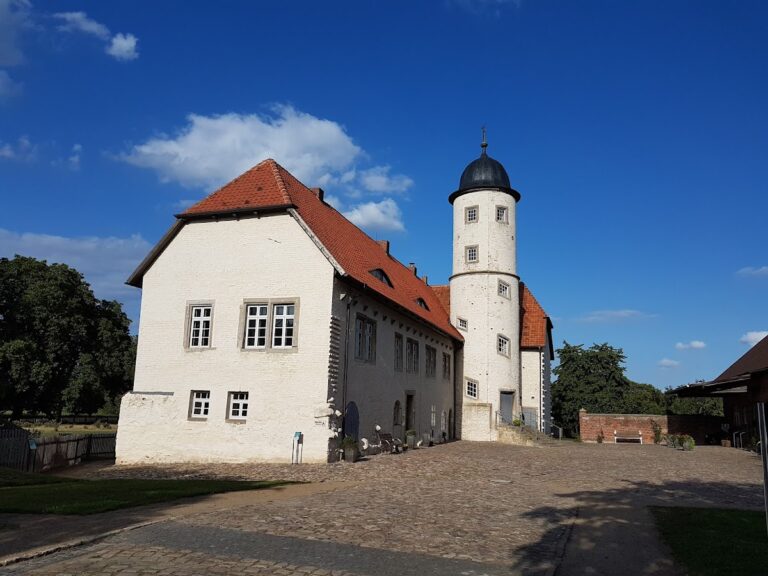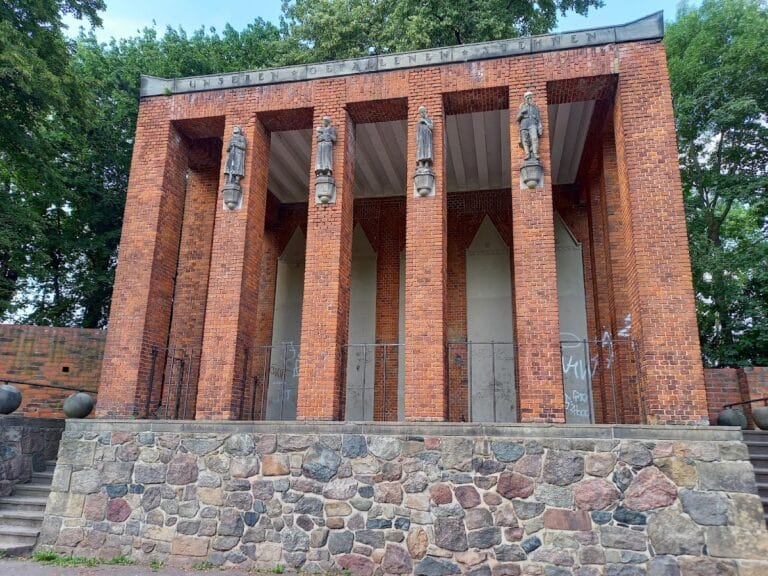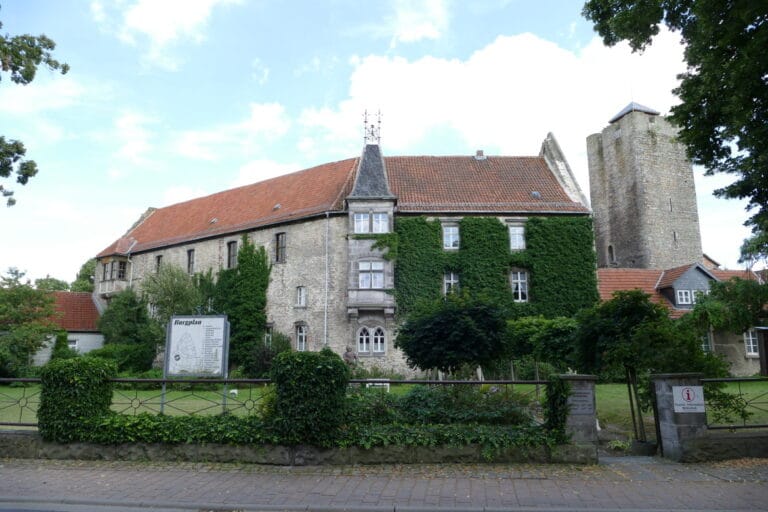Burg Bodenteich: A Historic Water Castle in Bad Bodenteich, Germany
Visitor Information
Google Rating: 4.5
Popularity: Low
Google Maps: View on Google Maps
Official Website: www.burg-bodenteich.de
Country: Germany
Civilization: Unclassified
Remains: Military
History
Burg Bodenteich is located in the municipality of Bad Bodenteich, Germany. It was originally constructed by the noble von Bodendieck family in the mid-13th century, serving as their fortified residence.
Before the current castle was established, the site likely hosted an earlier fortification dating to the 9th or 10th century. This early stronghold possibly belonged to the Billunger dynasty and functioned as a defensive position against Wendish tribes. It formed part of a broader line of fortifications that included Bardowick and Lüneburg, protecting the region from incursions.
The first written record of Burg Bodenteich appears in 1293. In that year, Duke Otto II of Brunswick and Lüneburg referenced the castle in a legal contract concerning the sale of Lüneburg’s mint rights and related estates. Over the next century, the von Bodendieck family sold their holdings gradually, and by the mid-14th century, the Dukes of Lüneburg had acquired the castle. Under their ownership, the site was used as a local seat for administration and justice.
During the 14th century, Burg Bodenteich changed hands several times. It was pledged to the Lords of Wrestedt and Spörcken, while in 1373, Duke Albert of Saxony-Wittenberg occupied the castle amid the Lüneburg War of Succession. At one point, the castle fell into the hands of robber knights under Heinrich von Veltheim, who used it as a base for their activities. In 1433, the castle was granted as a widow’s residence to Duchess Magdalena of Brunswick. Following her death, it was repeatedly pledged until the mid-17th century.
Around 1520, Burg Bodenteich suffered destruction during the Hildesheim Stiftsfehde, a regional conflict. It was subsequently rebuilt, continuing its role as an administrative center. From the late Middle Ages until 1859, the castle housed the local Amt Bodenteich, an administrative district, and beginning in 1852, it accommodated the district court.
The castle transitioned into private ownership as a manor house from 1871. This arrangement lasted until 1971, when the municipality of Bodenteich purchased the property. Following its acquisition, the castle was placed under monument protection the next year, and restoration efforts took place in 1983.
A notable chapter in the castle’s history concerns brewing. In 1634, the clerk Georg Kratzmann founded a brewery on the premises that produced a dark beer known as “Knorrbock.” Brewing activities ceased in 1918 due to the disruptions of World War I. The brewery building itself was demolished in 1981 but was later rebuilt in 2005, reflecting the site’s continuing cultural significance.
Remains
Burg Bodenteich is a former water castle situated on an oval artificial mound, or motte, approximately 50 to 60 meters wide and elevated between four and five meters above the surrounding floodplain. The strategic position was originally encircled by the Aue river and supplemented with artificial moats, emphasizing its defensive purpose.
The castle complex comprised a main fortified area and a trapezoidal outer bailey located to the southwest. Both sections were once enclosed by moats and double ramparts, as recorded in descriptions from the 18th century. The outer bailey contained various practical buildings dating to the more recent periods, including a granary, stables for cattle, pigs, and sheep, as well as a small prison house, signaling its ongoing administrative and economic functions.
Today’s visible structures mostly stem from the post-1520 rebuilding after the Hildesheim Stiftsfehde destruction. Among these is the former Amtshaus, constructed of brick with an attached timber-framed wing. In recent years, the bakery and brewery buildings have been reconstructed to reflect their historical forms.
Archaeological excavations on the mound have revealed a settlement layer containing pottery from the 9th to 10th centuries, confirming early medieval occupation. Within the cellar of the Amtshaus, remains of a round bergfried, or tower keep, were discovered dating to the mid-13th century. This tower measured about eight meters in diameter and featured walls made from fieldstone nearly two meters thick.
Adjacent to this original tower, a manor house was built, likely exhibiting Gothic architectural characteristics. Another significant defensive tower, the main bergfried from the 14th century, is a robust, nearly square tower approximately 11 meters on each side. It rests on a fieldstone foundation and is constructed with thick brick walls measuring 3.5 meters in width. Originally, this tower stood close to 30 meters tall.
Historical records from 1681 indicate that the ground floor of the main tower was used as a prison, while the three upper floors served as storage for grain. Following a substantial fire in Bodenteich in 1808, the tower was largely dismantled to reuse its materials for rebuilding efforts elsewhere in the town. Today, the tower remains at a height of about 8.5 meters and includes an observation platform located at 4.5 meters above the base.
Together, these features illustrate the castle’s development from a medieval fortified residence into an administrative center with both military and economic roles, with surviving structures reflecting several phases of construction, destruction, and restoration.










